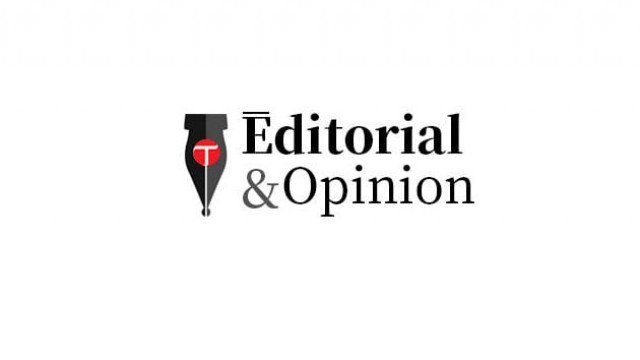Young voters
Pakistan’s burgeoning youth voter population, now standing at formidable 56.86 million

Pakistan’s burgeoning youth voter population, now standing at a formidable 56.86 million, signifies a seismic shift in the country’s political landscape. This increase, of 10 million in just six years, presents a unique opportunity for the youth to become a decisive force in shaping the outcomes of the upcoming general elections. The implications of this demographic transition extend beyond sheer numbers, as the majority of these young voters are active on social media platforms, potentially wielding influence through digital tools and transforming the electoral scene.
As the youth demographic constitutes some 44% of the total voters, it introduces a fresh dynamic characterised by digital engagement, awareness and progressive ideals. The age-wise breakdown reveals a significant concentration, with approximately 23 million voters aged 18 to 25 and 33 million in the 26 to 35 age bracket. The regional distribution of young voters across districts highlights the diversity and potential influence of this demographic. Nineteen districts, excluding Sindh, have over 50% of individuals below the age of 35 enrolled as voters, indicating a regionally varied but collectively impactful youth electorate. While the youth surge presents an advantage, it also shows the need for political parties to recognise and respond to the aspirations of this demographic through inclusive policies and targeted engagement.
The upcoming general elections could mark a pivotal moment, where the youth not only participates actively but also contributes to shaping a progressive and forward-looking political landscape. However, this potential hinges on responsible leadership and an understanding of the evolving priorities of the youth. The challenge now lies in channeling this into a positive force for change.
Published in The Express Tribune, January 20th, 2024.
Like Opinion & Editorial on Facebook, follow @ETOpEd on Twitter to receive all updates on all our daily pieces.














COMMENTS
Comments are moderated and generally will be posted if they are on-topic and not abusive.
For more information, please see our Comments FAQ